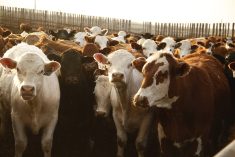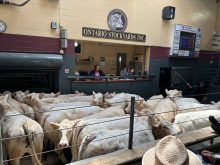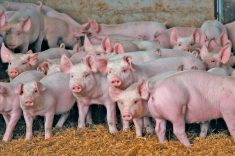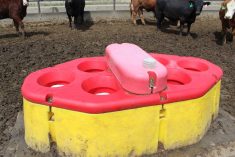The Ontario beef industry has seen its share of challenges over the last two-and-a-half decades, but today it’s well positioned to take advantage of market growth potential.
That was the message to attendees of the 25th anniversary celebration from the Ontario Cattle Feeders Association (OCFA) during its annual convention in London Jan.13.
“In the next 10 years, I believe Ontario is going to be the place to feed cattle,” said Jim Clark, executive director for OCFA and Ontario Corn Fed Beef (OCFB).
Read Also
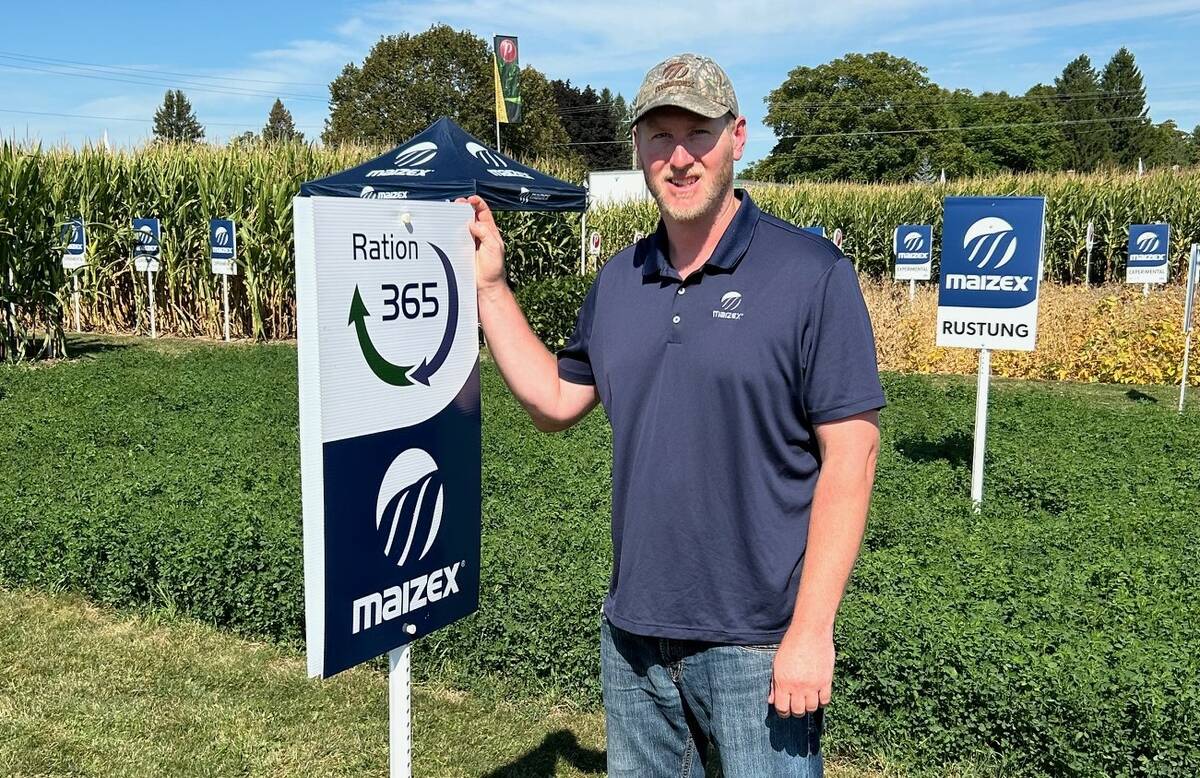
Maizex brings Elite forage seeds under its brand umbrella
The seed catalogue for Maizex Seeds takes on a different look for its 2026 edition thanks to the introduction of a new marketing initiative dubbed “Ration 365.”
“Our export customers look at Ontario and all the advantages we have here. We just need to keep doing what we’re doing and moving forward.”
Beef sells well when featured in retail flyers, but overall retail beef prices are trending slightly lower but remain strong, said Clark.
Compared to beef and pork, the competitive price discounts chicken commands continue to see sales volume gain, especially as economic strain tightens the purse strings for many Canadians.
“When you look at chicken legs, it’s a discount to what beef and pork are,” he said. “You can buy three pounds of chicken versus two pounds of pork or a pound of beef.”
The cost difference may dominate consumer choices, but a love of beef and leveraging retail relationships to market Ontario beef’s unique attributes against other proteins and beef imports could sway purchase habits.
“Consumers want to know more about our product. They want to know more about the processes, and they want to feel good about buying as well,” Clark said. “There’s so much pressure on people don’t eat this, don’t do that.”
The industry must improve sharing with consumers the on-farm and management advances that contribute to Ontario beef farms consistently producing high-quality, socially responsible, safe, credible, and verifiable consumer products.
“It comes down to your branding and brand equity, and that’s what I see with Ontario Corn Fed and the Ontario beef program,” said Clark.
“We’re building brand equity for Ontario beef, so it’s not displaced (by-products) from somewhere else.”
Instead of reinventing the wheel, the industry developed numerous branding initiatives utilizing the OCFB model and tools, providing insights to gain market share.
Ontario’s concentrated domestic market potential is a powerful attractant for countries looking to export beef to Canada.
“We have the population and the production, so there’s a lot of competition coming in here,” Clark said.
The Ontario Beef Marketing Development Program strategy for a sustainable future is developing approximately 34 marketing projects, said John Baker, OCFA/OCFB director of brand management and business development.
“(There are) different levels of activities. It could be working on brand development with private labels. It could be promotional activities, working with quality assurance and sustainable beef,” Baker said. “Developing supply chains, technical support, industry education, sales training or marketing research.”
Ontario’s market base, which holds approximately 40 per cent of the consumer and 45 per cent of the food service consumer market, positions the industry with an assortment of untapped avenues.
“That gives us a lot of opportunities for smaller supply chains to get into some of this diversification… whether they be different ethnic markets or whatever.”
As the largest retailer, market leader and strong influencer, the 12-year relationship with Loblaws is the volume engine pushing Ontario beef, he said, and it continues to be very motivated and committed to working with Ontario Corn Fed Beef.
“They’re reaching out to their customer base (in flyers) talking about Ontario Corn Fed Beef,” said Baker.
“Their relationship, their supply chain partners, and they’ve got something that no other retailer in Canada has.”
Because of the quality assurance program, Loblaws can point directly to their relationship with producers and their ability to validate and verify the quality of their product and the sustainability aspects of beef raised on Ontario family farms.
Baker said part of the partnership commitment is how Loblaws flyers grow Ontario Corn Fed Beef loyalty through banners, brandmark and creating fungibility.
As Baker explained, fungibility means that Ontario products can’t be substituted for USDA or western Canadian products.
Ontario beef doesn’t want to be the lowest piece of the meat on the flyer, he said, but rather have a fair, consistent market value price related to a unique, local and quality product.
“(We’re trying to) give them something that’s unique and different so they can compete on different levels as well,” he said.
Baker said the group conducted two assessments of OCFB’s price impact on the market, the first in 2014 and again in 2018, with a third scheduled for next year.
“The Ontario Corn Fed program generates about $26 a head to the cattle market in Ontario. Simply because these cattle, this meat, can’t come from cattle that can be displaced,” he said.
“It has to come from cattle produce in Ontario and the OCFP and cannot be substituted. There’s not really a whole lot of other brands that cannot be substituted.”
Leaving no marketing opportunity behind, strategies to connect Ontario beef cattle with Canadian businesses to provide added value to beef by-products, like hides and tallow, and sustainability messaging are moving forward.
With natural, sustainable leather beginning to trend, discussions are underway with one of Toronto’s largest hide processors and Bank Brothers Sustainable Ingredients, for tallow, partly due to the sustainability, environmental and social responsibility story with Ontario beef.
“The beef’s the commodity, and at the end of the day, you need to get the most value you can,” said Clark.






